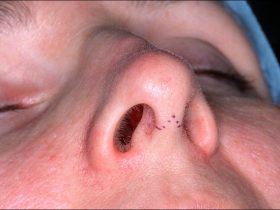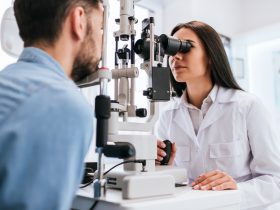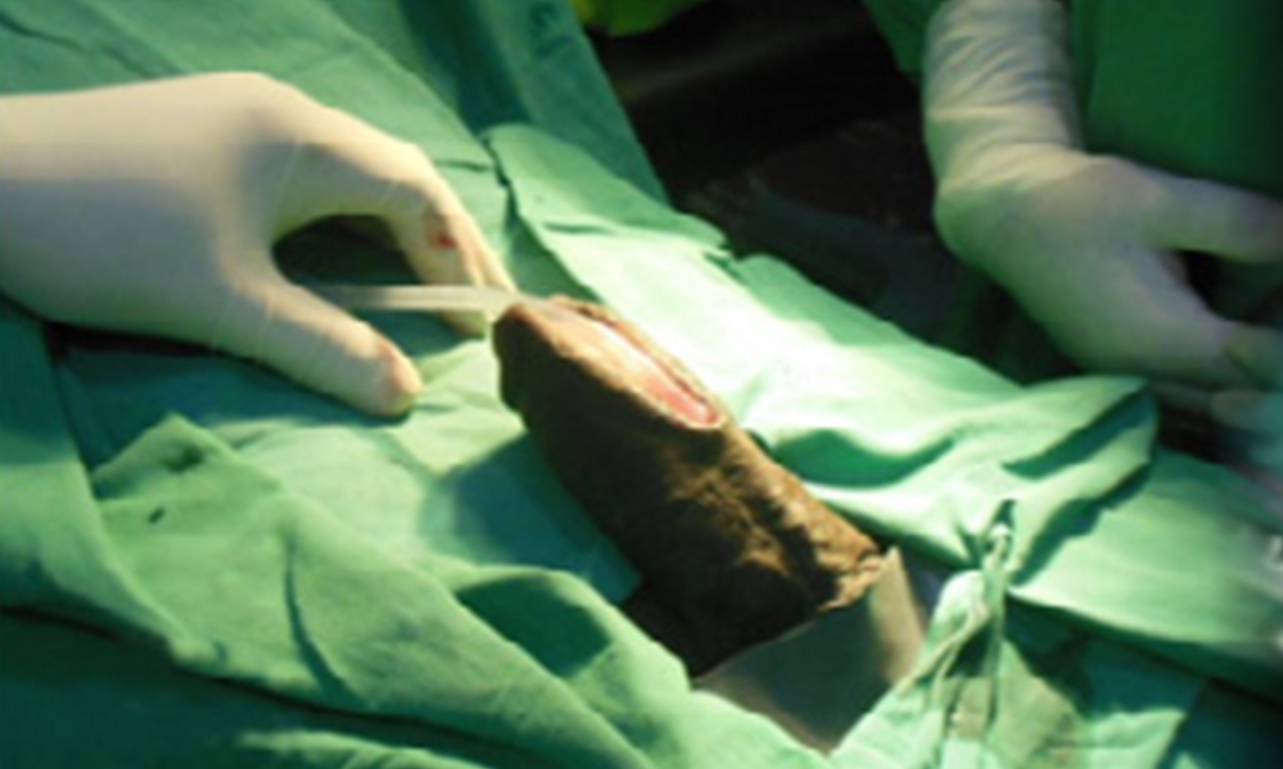Hypospadias is one of the most common birth defects that affect newborn boys. It is a urological congenital condition with thousands and even more cases every year. Today, newborn boys born with the defect receive treatment right away, which was not the case a few years back. Hence, a large number of cases of hypospadias are found in adult men around the world. The good thing is that hypospadias adult cases can be treated successfully today because of the advanced medical treatment facilities.
What is hypospadias?
It is a birth condition in which the penile urethra fails to reach the penis end. This is a condition that is found in children. An adult man also suffers from hypospadias if he has never undergone any surgery as a child, or experienced a failed surgical result. This is known as adult hypospadias. The majority of the cases are not linked with genetics or hereditary. Studies have shown that only 5% to 7% of hypospadias cases are associated with hereditary disorders.
Cases of hypospadias
The primary reason behind the occurrence of hypospadias is related to hormonal malfunction. This gives rise to the abnormal development of the foreskin and urethra. There are factors that make men at greater risk. They are:
- Women giving birth post 35 years
- Genetics
- Family history
Though the cause of hypospadias is linked with hereditary and genetics, it can also occur without any particular reason spontaneously.
Symptoms of adult hypospadias
Newborn boys who have suffered from hypospadias might experience complications even as adults. The long-term effects of hypospadias adult symptoms include the following:
- A downward curved-shaped penis
- Frequent urinary infections
- Irregular urine spray
- A urethra opening not reaching the end of the penis
- Missing and scar tissue due to multiple surgeries as a child
- Complication during urinating
- Abnormal appearance of the penis due to dorsal hood (foreskin covering only half of the penis)
Hypospadias can be present for several years or his entire life.
Diagnosing and treating hypospadias
Though it is a congenital defect detected during birth, adult men can also suffer from it. The long-term effects of hypospadias can be diagnosed via physical assessment by healthcare experts. Boys who experience surgery during childhood but have complications in the surgical procedure or repair have to further undergo treatment during adulthood. The most common treatment includes a surgical procedure to realign or reposition the urethra and thereby straighten the penis shaft. Reconstructive surgery is recommended for those who have undergone multiple failed operations as young boys.
Conclusion
When hypospadias repair or reconstructive surgery is recommended, one has to understand that there are differences from the surgery executed during childhood. In adult men, the healing time is more, and there is always a higher risk of infections. Furthermore, the use of the urine catheter is a minimum of two weeks, which is in contrast to kids undergoing the surgery. Moreover, one has to be on rest for at least a month, and there is abstinence from masturbation and sex for at least three months. Although there are several challenges associated with the hypospadias adult surgical process, the success rate is still high.










